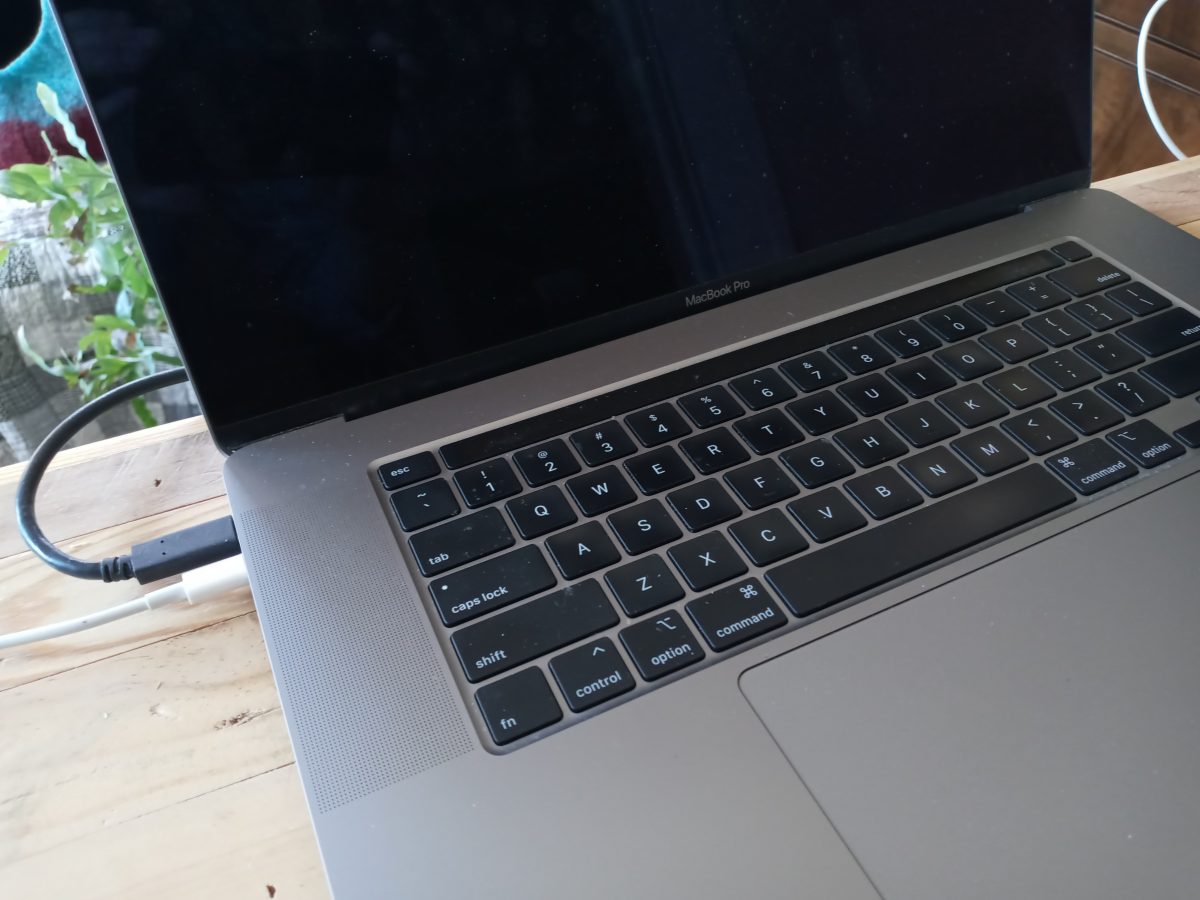Patenting inventions based around software, artificial intelligence (AI), machine learning, and the like presents a number of challenges. Of course, these types of inventions must be novel and non-obvious over what was already known (the “prior art”) to be patentable. That is no different for software patenting than for any other kind of invention. But software-based inventions frequently present concerns about patent eligibility as well as who is viewed as an inventor.
Software Patent Eligibility
Patent subject matter eligibility has been a highly contested area of patent law in recent decades. Because computers, software, and electronics in general have become widespread and the subject of considerable investment, patents on those sorts of technologies are potentially valuable. There are currently a large volume of computer software-related patent applications pursued every year.
Software-based invention patent eligibility is highly dependent on how the claims are written. Attempts to obtain a broad “preemptive” (or we might say greedy or “odious”) patent monopoly that exceeds (or is decoupled from) the quid pro quo of the inventor’s contribution to the useful arts raise the most concerns. Today’s software patent eligibility debates tend to be veiled policy arguments about that quid pro quo balance. That is, how broad a monopoly (if any) should be awarded through a patent and how much (or little) must the purported inventor disclose to get it? These questions go to the heart of modern patent law and its origins when feudalism gave way to capitalism.
The U.S. Supreme Court has said “abstract ideas” are not patent eligible. This narrows the types of software-based inventions that can be patented. There must be a substantial inventive concept beyond an underlying abstract idea. A trivial or superficial reference to something more concrete is not enough. It really has to be a technical contribution to the “useful arts”. Attempts to monopolize part of the economy simply by claiming to be the first to use computers, generically, is not enough. And a patent applicant simply agreeing to accept a monopoly over just one field of use for an abstract idea falls short of limiting patent claims a specific, patent-eligible inventive (technological) contribution.
In practice, this means a software-based invention consisting of only well-known concepts, mathematical calculations, data processing/manipulation/selection/presentation, what could otherwise be performed as purely mental steps, or the like plus merely generic computer hardware is generally not patent eligible. Software that provides no more than an allegedly improved user experience is also generally not patent eligible. What makes software saleable is not always a technological improvement. Such an improvement should solve a technical problem rather than a non-technical one, and it should consist of more than just a business model or business plan that happens to involve computers. Claims for software-based inventions should accordingly capture the essential part(s) that make a technical achievement possible. A claim reciting only abstract result + generic computer components may be broad but it stops short of capturing an inventive concept necessary for patent eligibility — reference to generic computerization is considered insignificant post-solution activity.
Software-based inventions at the level of particular coding and/or specific hardware interactions tend to be narrower. This leaves open the possibility that someone else could avoid patent claims narrowly draw to such things. Such claims therefore potentially provide a less valuable monopoly. Often times disputes about patent eligibility, and complaints about the state of the law, are really about a refusal to accept narrower rights commensurate with an actual technological contribution (if any). It is a historical quirk that software became widely used around the time that social transformations led some people to consider greed to be “good”. That may explain why patent eligibility issues so often arise around software (and biotechnology)—even though greed and selfishness have always played a role in patenting so this is matter of degree. The volume of that kind of patenting rose in step with changes in certain social and moral values held by larger and larger segments of business people while the patent laws stayed the same.
Sufficient Disclosure
Another requirement for patentability is that any patent application must provide an enabling disclosure that informs persons of ordinary skill in the art how to make and use the full scope of the invention claimed, as part of the quid pro quo underlying the patent system. Key technical requirements of a software-based invention must therefore be disclosed in sufficient detail and cannot be omitted or concealed behind vague “black box” placeholders that tend to merely identify functional results without meaningful details about specific technical mechanisms to achieve those results. For instance, referring to a “[software function] module” or “[software function] unit” in a block diagram figure without further explanation of what that “module” or “unit” is or how it operates is one potential type of deficiency.
An applicant can invoke means-plus-function (or step-plus-function) claim format to utilize certain functional language in a combination claim. This is frequently utilized for claiming inventions utilizing computer software. Means-plus-function claim language is construed to cover the corresponding structure, material, or acts described in the specification and equivalents thereof. Importantly, however, the specification (including the figures) must provide an adequate disclosure of structure corresponding to the means-plus-function claim language elsewhere in the patent. Patentees cannot avoid providing a sufficient disclosure of the invention through means-plus-function claiming. Failure to sufficiently indicate the corresponding structure elsewhere in a patent renders a means-plus-function claim limitation deficient.
Inventors and Software
Something that repeatedly comes up when dealing with software patents is a disconnect around who is the “inventor”. Sometimes managers, executives, or other higher-level employees setting out objectives and requirements view themselves as inventors of something patentable. Yet they rely on others to actually write software code that meets those objectives and requirements. Implicitly that view sees what the coders do as not being inventive. But is that accurate?
First, a bit of a detour. I have dealt with software-related technologies when performing patent freedom-to-operate or clearance studies to evaluate the risk of infringing an existing patent. A rather curious thing happened numerous times. Managers and supervisors would again and again evade or delay responding to inquiries seeking technical information sufficient to compare the configuration and operation of the proposed design against an existing patent. Eventually it became clear why. They did not know how the software was structured. That was assigned to lower-level employees. At times, this was even outsourced to temporary contractors who were no longer around. The managers and supervisors I spoke to did not want to review the source code to find the information I was seeking. Also, they were reluctant to admit that they did already not know what was in the code. This was perhaps embarrassment from not knowing what employees reporting to them had previously done. But also it seemed like a reluctance to admit that what lower-level employees and contractors had worked out in source code was more important for patent law purposes than what fell in the supervisors’ direct area of knowledge.
This anecdote about patent clearance analyses highlights a pragmatic issue around software patenting. Some people take a very hierarchical view that considers software coding and similar tasks to be routine and unimportant. Those efforts are taken for granted. What is valued is setting objectives and requirements. Such tasks are often something reserved for people in top positions within an organization. It is usually chain-of-command authority that permits certain people to make those decisions rather than their technical insights. But this type of thinking can be at odds with the patent laws. General objectives and requirements for software development that merely articulate desired results are often limited to the realm of abstract ideas. The technical achievements and inventive contributions that establish how the desired results are achieved might really be at the level of coding and/or detailed software/hardware interactions that improve computer functioning. But those things might have been devised by different people than those setting general requirements.
When the wrong people are in the room talking about an “invention” and directing patenting efforts there is a greater risk of resultant patent claims being directed to ineligible subject matter. The people who made technological contributions that solve technical problems need to be involved. If the only people with input are those who are “in charge”—with the authority to set high-level goals, requirements, and investments for a project—it is more likely that only patent-ineligible “abstract ideas” will be captured. Those people might not really know about the real patent-eligible inventive contributions. Navigating these hurdles may require candid, up-front discussions about what matters under the patent laws and potentially challenging assumptions about corporate hierarchies and individual contributions.

Austen Zuege is an attorney at law and registered U.S. patent attorney in Minneapolis whose practice encompasses patents, trademarks, copyrights, domain name cybersquatting, IP agreements and licensing, freedom-to-operate studies, client counseling, and IP litigation. If you have patent, trademark, or other IP issues, he can help.


